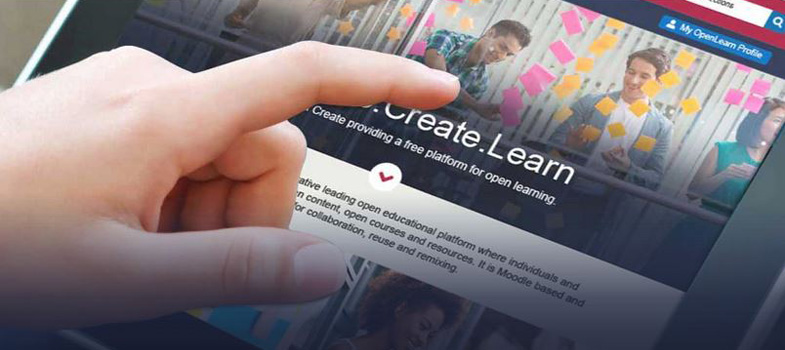Planning your open course - before you build it
Before you attempt to upload anything online, you will need to think about the following:
- Audience and purpose
- Learning Design
- Structure and Metadata
- Writing the course
- Copyright
- Accessibility
- Assessment and rewards
3. Structure and Metadata
It is good practice to structure your open course or resource from the start. This is partly because moving things around might be more time consuming later. However, if you are opting for a very simple, single page design or are collaborating with others in your space create the course, this will be less important at the start, though you may want to review the structure later.
Structuring the course can mean creating a storyboard for your course and collating a set of assets before beginning to decide how best to display and deliver the course. It will also help you decide which Moodle resources and activities are the most suitable to use for each part of the 'story' of your course.
You need to ensure that you complete the metadata (data about your course) to make it easy to find in online searches - if useful metadata is not included, then search engines will not find your course, even though OpenLearn Create is Google indexed. Metadata includes keywords or tags, labels and descriptions.
It is usually a good idea for an open course to have the following elements:
- Course overview - A section with useful information about the OER (you might call this 'week 0' or 'before you start')
- Learning outcomes which explain to potential learners what they can expect to learn by studying the course - see How to write learning outcomes
- A straightforward logical structure that reflects the amount of material included and the time the user might spend working through the OER - it is also helpful to provide an approximate time each activity in the OER may take to complete (for example Activity 2, Title of activity, 20 minutes).
- Overview text for each section/week/topic if the OER is divided in this way
- A Where next section for what users might do after they've completed the course
- Some form of evaluation of the course (questionnaire, survey) and assessment (e.g. self-assessment, quizzes, badges)
- Acknowledgements page - essential if some of the resources you include in your OER are not your copyright and good to have for proper acknowledgement of who was involved in writing your OER. Set up an acknowledgments page with information about authors, other contributors and a list of all resources used for which you do not own the copyright and have cleared the copyright to use. You need to include full attribution information Title, Author, Source and Licence for each resource used even if you have given attribution information with the resources elsewhere in the course (for example in a caption for an image).
Good examples of Acknowledgements pages include those of Introduction to Dyslexia and Inclusive Practice, Understanding Parkinson's for health and social care staff and How to make an open online course. - A list of References for resources you have cited will show your course is based on credible, valid data as well as knowledge and experience of those involved in writing the course.
You need to decide how the course is displayed on screen - make several hours of study more manageable for learners by dividing the material into sections, weeks or topics with each of these on a different page. For a very short study time all the material could probably be on one page (freeform).
